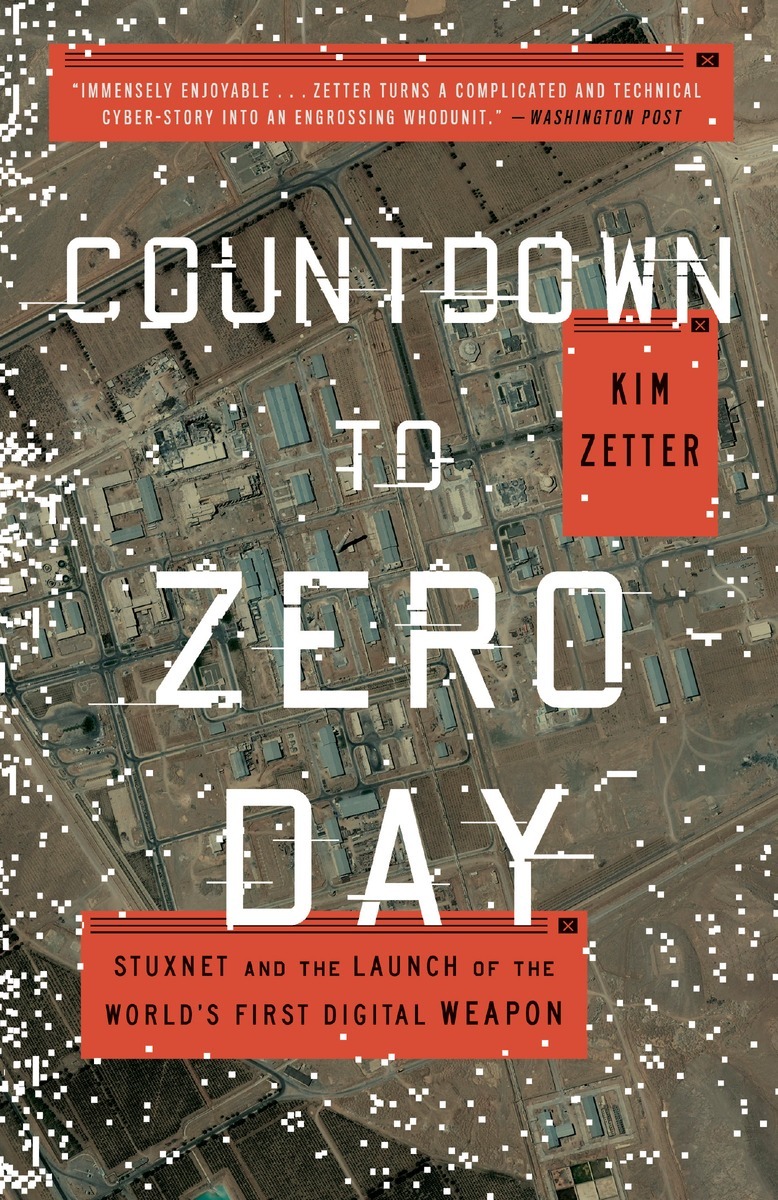What do you think?
Rate this book


448 pages, Paperback
First published June 3, 2014
"Falliere used the key embedded in the malware to decrypt the .DLL and found that it contained all of the same functionality as the legitimate Step 7 .DLL. But it also contained some suspicious code that included commands like 'write' and 'read.' Falliere had seen enough malware in his career to know exactly what he was looking at — Stuxnet's Step 7 .DLL was acting as a rootkit, lurking on the system silently, waiting to hijack, or hook, these functions anytime the system attempted to read or write code blocks to or from the targeted PLCs. Similar to the rootkit in the missile portion of Stuxnet, this one was hooking to the read function to hide something that Stuxnet was doing to the PLCs. It was the first time, as far as he knew, that anyone had created a rootkit for an industrial control system." (p. 117)